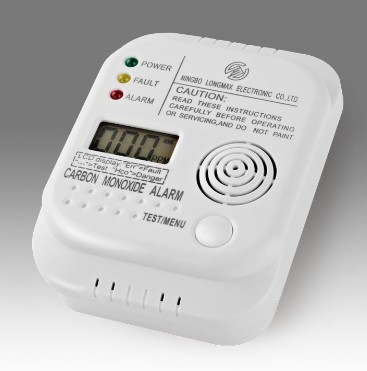Carbon monoxide is a colorless, odorless, non-irritatin […]
Carbon monoxide is a colorless, odorless, non-irritating gas, so it is also called "invisible killer". Its chemical formula is: CO. The molecular weight is 28.01, the density is 0.967g/L, the freezing point is -207°C, and the boiling point is -190°C. The solubility in water is very low, but it is easily soluble in ammonia water. The explosion limit of air mixture is 12.5% to 74%.
The toxicity of carbon monoxide mainly affects the supply and utilization of oxygen. The affinity of carbon monoxide and red blood cells is more than 300 times greater than that of oxygen and red blood cells, resulting in tissue hypoxia. When carbon monoxide gas is inhaled, carbon monoxide enters the lungs and combines with red blood cells first, causing red blood cells to lose the ability to transport oxygen, causing hypoxia in many organs of the human body, resulting in tissue damage and even death. Ordinary people are unable to perceive themselves when accidentally poisoned, and are often found in a coma, causing serious injury or even death. Therefore, it is not too much to call it the "invisible killer" in the family.
Carbon monoxide gas alarm is an electronic device used to detect carbon monoxide gas. It can give sound or light alarm when the concentration of carbon monoxide in the air exceeds the standard. The carbon monoxide gas alarm uses a carbon monoxide sensor to convert the concentration signal of carbon monoxide gas in the air into a weak current or voltage signal, and then through one or two stages of signal amplification, it is transmitted to the single-chip microcomputer for signal comparison and processing. Sound and light alarm signal, drive LED light, horn or buzzer.
